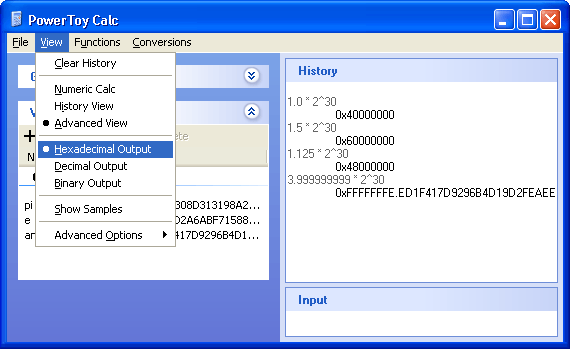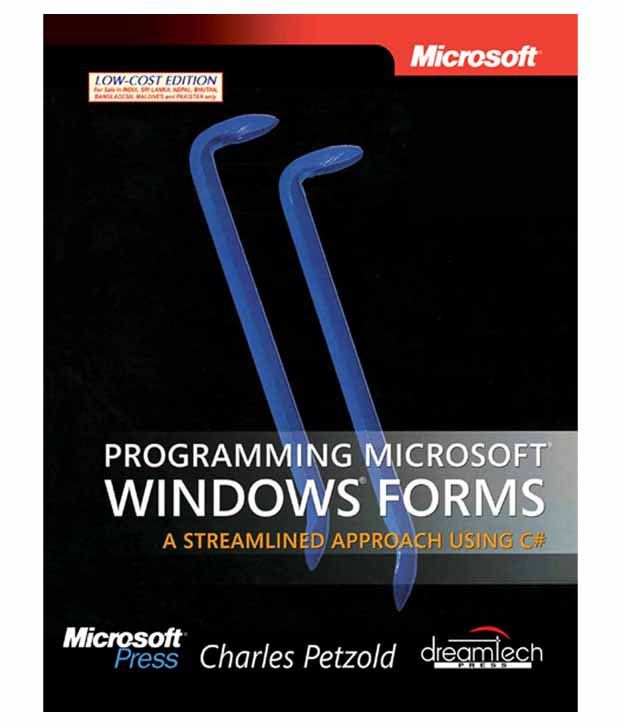

Its last release was 1.04, and it was succeeded by Windows 2.0, which was released in December 1987.

The system received lukewarm reviews critics raised concerns about not fulfilling expectations, its compatibility with very little software, and its performance issues, while it has also received positive responses to Microsoft's early presentations and support from a number of hardware- and software-makers. Windows 1.0 also contains four releases, which contain minor updates to the system. The operating environment does not allow its windows to overlap, and instead, the windows are tiled. It introduced multitasking and the use of the mouse, and various built-in programs such as Calculator, Paint, and Notepad.

Windows 1.0 runs on MS-DOS, as a 16-bit shell program known as MS-DOS Executive, and it provides an environment which can run graphical programs designed for Windows, as well as existing MS-DOS software. The operating environment was showcased to the public in November 1983, although it ended up being released two years later. Its development began after the Microsoft co-founder and spearhead of Windows 1.0, Bill Gates, saw a demonstration of a similar software suite, Visi On, at COMDEX in 1982. It was first released to manufacturing in the United States on November 20, 1985, while the European version was released as Windows 1.02 in May 1986. Windows 1.0 is the first major release of Microsoft Windows, a family of graphical operating systems for personal computers developed by Microsoft.


 0 kommentar(er)
0 kommentar(er)
